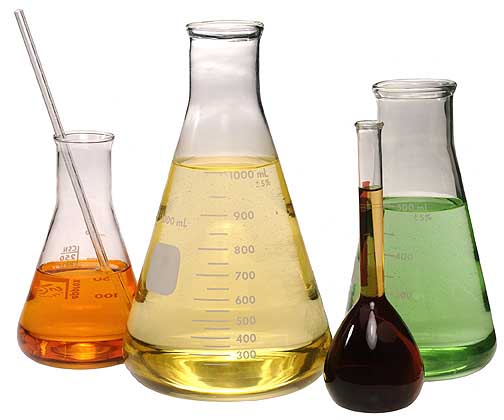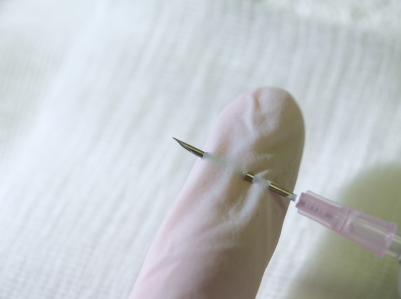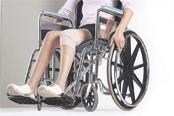 It is estimated that more than 13 million workers in the United States are potentially exposed to chemicals that can be absorbed through the skin. Dermal exposure to hazardous agents can result in a variety of occupational diseases and disorders, including occupational skin diseases (OSD) and systemic toxicity. Historically, efforts to control workplace exposures to hazardous agents have focused on inhalation rather than skin exposures. As a result, assessment strategies and methods are well developed for evaluating inhalation exposures in the workplace; standardized methods are currently lacking for measuring and assessing skin exposures.
It is estimated that more than 13 million workers in the United States are potentially exposed to chemicals that can be absorbed through the skin. Dermal exposure to hazardous agents can result in a variety of occupational diseases and disorders, including occupational skin diseases (OSD) and systemic toxicity. Historically, efforts to control workplace exposures to hazardous agents have focused on inhalation rather than skin exposures. As a result, assessment strategies and methods are well developed for evaluating inhalation exposures in the workplace; standardized methods are currently lacking for measuring and assessing skin exposures.
via CDC – Skin Exposures and Effects – NIOSH Workplace Safety and Health Topic.









